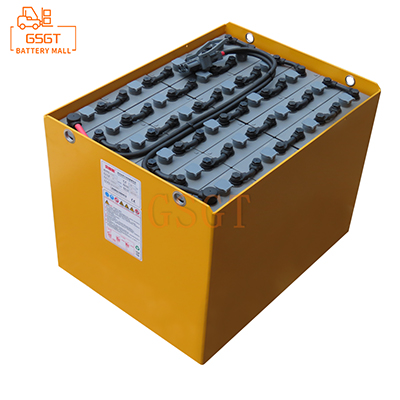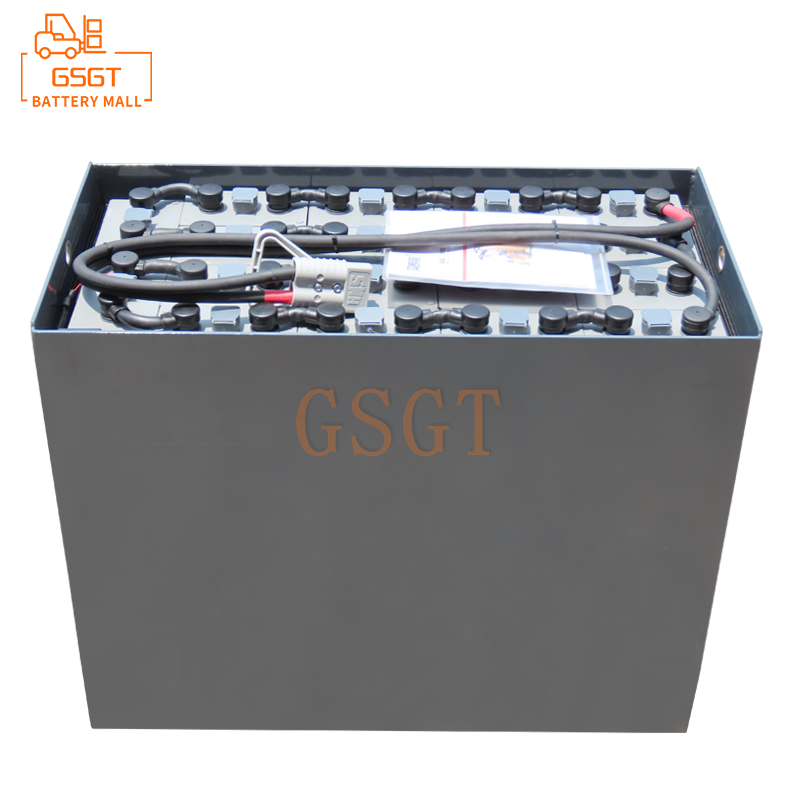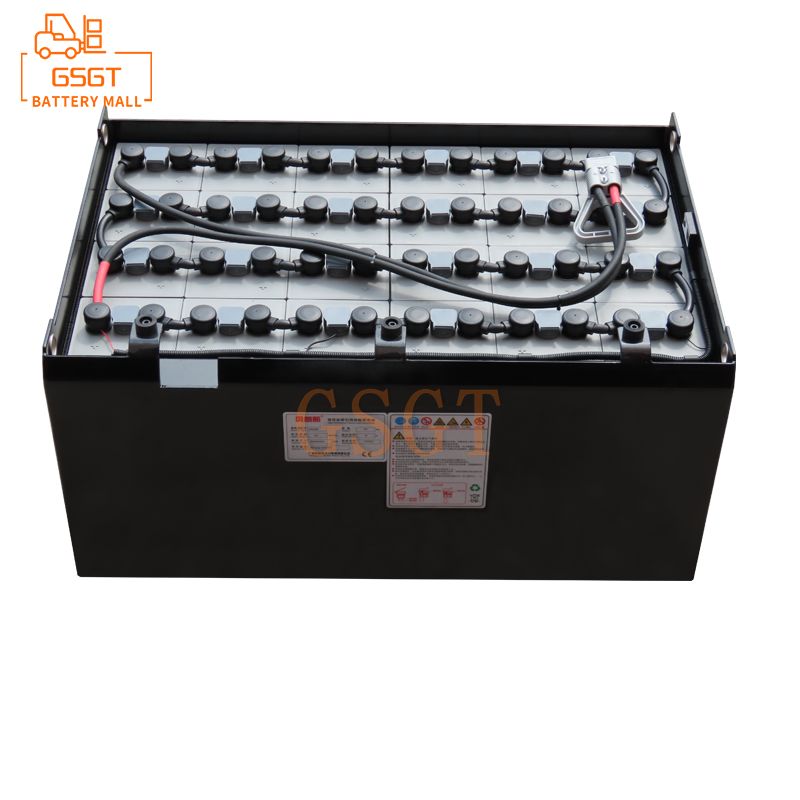Time:2025-03-27 17:02:55
Browse:587
Lead-acid battery as a long history and widely used energy storage equipment, in different use scenarios, the discharge rate has a significant difference. The discharge rate has a significant impact on the performance of lead-acid batteries, and it is crucial to understand their performance under different discharge rates for accurately matching application scenarios and exerting the best performance of batteries.
## Performance analysis under low discharge rate
When the lead-acid battery is in a low discharge rate state, it generally means that the discharge current is less than 0.1C (C is the rated capacity of the battery, such as 100Ah battery, 0.1C is 10A discharge current). In this case, the electrochemical reaction inside the battery is relatively slow and stable.
From a capacity point of view, the low discharge rate allows the battery to release nearly all its rated capacity. This is because the slow discharge process allows sufficient time for ions in the electrolyte to diffuse towards the plate, allowing the active substance to fully participate in the reaction. For example, a 12V, 100Ah lead-acid battery, at 0.05C discharge rate, the actual discharge capacity can reach more than 95Ah, close to the theoretical value.
In terms of voltage stability, the terminal voltage of the battery drops gently at low discharge rate. During the whole discharge process, the voltage can be maintained at a high level for a long time until it is close to the end of the discharge. This is due to the stable electrochemical reaction, uniform consumption of active substances on the plate, and weak polarization. The stable voltage output provides a good power supply guarantee for the equipment that is demanding for voltage stability, such as some precision experimental instruments, backup power supply for communication base stations, etc. The lead-acid battery at low discharge rate can ensure the stable operation of the equipment and reduce the error or failure caused by voltage fluctuations.
## Performance characteristics at medium discharge rate
The medium discharge rate is usually between 0.1 C-1C. In this range, the performance of lead-acid batteries is different from that of low discharge ratios.
With the increase of discharge rate, the initial discharge voltage of the battery decreases slightly. This is because the higher discharge current increases the voltage drop generated by the ohmic resistance and polarization resistance inside the battery. However, in the middle stage of discharge, the voltage can still remain relatively stable. At this time, the release of battery capacity will be affected to a certain extent, generally only reaching 80%-90% of the rated capacity. For example, the same 100Ah battery, at 0.5C discharge rate, the actual discharge capacity may be about 85Ah.
In this discharge rate range, the power output capacity of the battery is enhanced. Lead-acid batteries can provide a large current in a short period of time to meet the needs of some devices that have certain requirements for power but are not instantaneously large current impact. At the same time, due to the acceleration of the electrochemical reaction speed, the internal heat production of the battery is also increased, and appropriate heat dissipation measures are needed to maintain the stability of the battery performance, which poses a certain challenge to the heat dissipation design of the battery.
## Performance at high discharge rate
When the discharge ratio exceeds 1C, the lead-acid battery enters the high discharge ratio range. At this point, the performance of the battery faces a severe test.
At high discharge rate, the initial terminal voltage of the battery will drop sharply, which is due to the rapid intensification of ohmic polarization and concentration polarization caused by high current discharge. The battery capacity will also be greatly reduced, often only releasing 50% to 70% of the rated capacity. For example, at the 5C discharge rate, the actual discharge capacity of a 100Ah lead-acid battery may only be about 60Ah.
Although the capacity and voltage performance is not good, but the high discharge rate of the lead-acid battery can output a strong current in an instant, to meet the high power demand in a short time. However, this large current discharge will cause the internal temperature of the battery to rise rapidly, accelerate plate aging, active material shedding and grid corrosion, and greatly shorten the battery life. The lead-acid battery at the high discharge rate is suitable for scenarios that require very high instantaneous power and very short duration, such as the car starting moment, the engine needs a lot of electric energy to drive the crankshaft rotation, and the lead-acid battery can provide up to several hundred amps of current in a short time to help the car start smoothly.
## Performance and application adaptation policy
According to the performance of lead-acid batteries at different discharge rates, it is necessary to accurately match the selection in practical applications. For applications that require long-term stable power supply and high capacity and voltage stability requirements, such as solar energy storage systems, low discharge rate conditions should be selected to ensure that the battery can continuously and stably supply power to the system, and ensure the effective storage and stable output of solar power generation.
For some intermittent work, there are certain requirements for power equipment, such as power tools, medium discharge rate lead-acid batteries are more suitable. It can not only provide enough power to drive the tool operation when working, but also recover part of the capacity through reasonable charging during the interval to maintain the normal use of the equipment.
For applications that require a large current to start instantaneously and have a very short working time, such as the instant start of emergency lighting equipment, lead-acid batteries with high discharge rate can play the advantage of their instantaneous high-power output to meet the emergency needs of equipment. However, it should be noted that such applications need to be equipped with a good cooling system and a reasonable charging strategy to mitigate the negative impact of high discharge rates on battery life.
Lead-acid batteries exhibit different performance characteristics at different discharge rates. Low discharge rate ensures stable capacity and voltage, medium discharge rate takes into account power and a certain capacity, and high discharge rate realizes instantaneous high-power output. In practical applications, fully considering the demand for discharge rate in application scenarios and accurately matching lead-acid batteries can maximize their performance advantages, extend their service life, and provide reliable and efficient power support for various types of equipment.

$3405

$2140

$2040

$2180

MESSAGE
Professional And Efficient
Security
Affordable Price
Professional Services